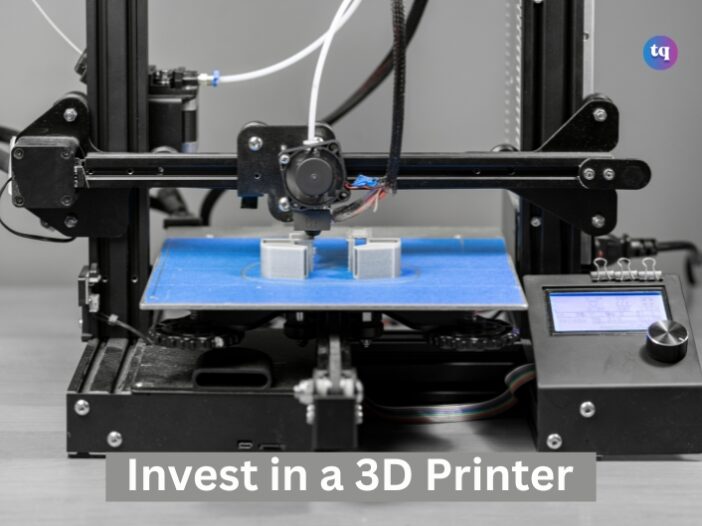
As industries continue to embrace technological advancements, 3D printing has emerged as a transformative force in the business landscape. This innovative manufacturing process streamlines production and opens up new avenues for creativity and customization. Any business looking to enhance efficiency, reduce costs, and stay competitive should consider the reasons to invest in a 3D printer.
Table of Contents
Prototyping and Development
One of the primary reasons for businesses to invest in a 3D printer is its ability to revolutionize prototyping and development processes. Traditional prototyping methods can be time-consuming and costly, often requiring multiple iterations before achieving the desired design. With 3D printing, companies can create functional prototypes quickly and affordably, enabling rapid design iterations and testing.
This efficiency accelerates the product development cycle and allows for greater innovation, as teams can experiment with complex designs and materials without the constraints of conventional manufacturing techniques. Ultimately, this agility in prototyping helps businesses respond more effectively to market demands and enhances their overall competitive edge.
Customization and Personalization
Another compelling reason to invest in a 3D printer is the unparalleled level of customization and personalization it offers. In today’s market, consumers seek products tailored to their specific preferences and needs.
3D printing allows businesses to produce bespoke items, ranging from unique promotional products to specialized components that meet exact specifications. This capability fosters brand loyalty, as consumers appreciate brands that cater to their individual tastes.
By harnessing the power of 3D printing, companies can differentiate themselves in a crowded marketplace, effectively addressing niche markets and driving sales through personalized offerings.
Reduced Production Costs
Investing in a 3D printer can lead to significant reductions in production costs, making it an attractive option for businesses of all sizes. Traditional manufacturing processes often involve high setup costs, intricate tooling, and waste materials, all of which can inflate overall expenses.
In contrast, 3D printing eliminates many of these overheads by allowing companies to produce items on demand and with minimal waste. This shift lowers the initial investment needed for production runs and enables businesses to scale their operations more efficiently.
Just make sure you also maintain your 3D printer to avoid common performance issues like heat creep or warping, as these can also affect your product costs.
Marking Opportunities
The integration of 3D printing technology presents unique marketing opportunities for businesses seeking to enhance their brand presence and engage with customers on a deeper level. By leveraging the ability to create customized products and prototypes quickly, companies can launch targeted marketing campaigns that showcase the innovative capabilities of their 3D-printed offerings.
This marketing opportunity attracts attention, generates buzz, and encourages customer interaction. Furthermore, businesses can use 3D-printed samples as dynamic marketing tools at trade shows or events, allowing potential clients to experience their products firsthand.
Conclusion
These are just some of the many reasons your business should invest in a 3D printer; however, the benefits don’t end there. 3D printing has the potential to transform a business in numerous ways, from reducing lead times and improving supply chain management to enabling on-demand production and fostering sustainability. As you learn more about the benefits of 3D printers, consider looking into ABS 3D printing systems and other improvements.